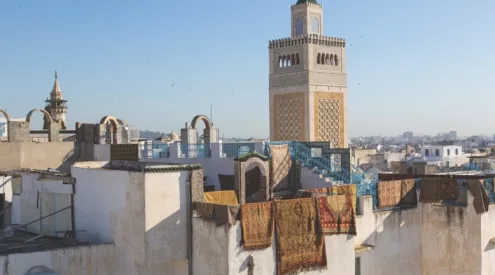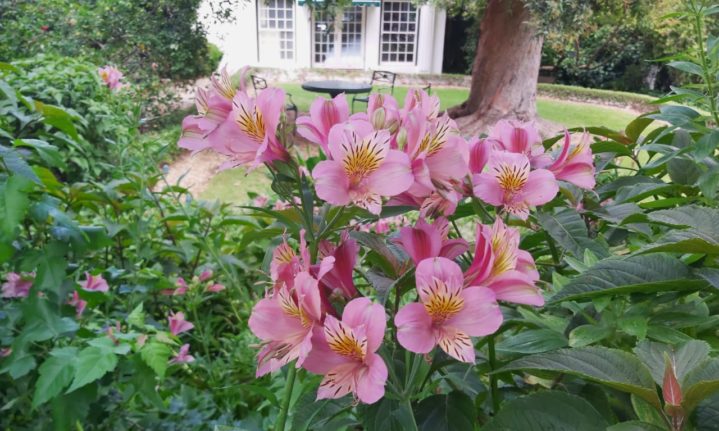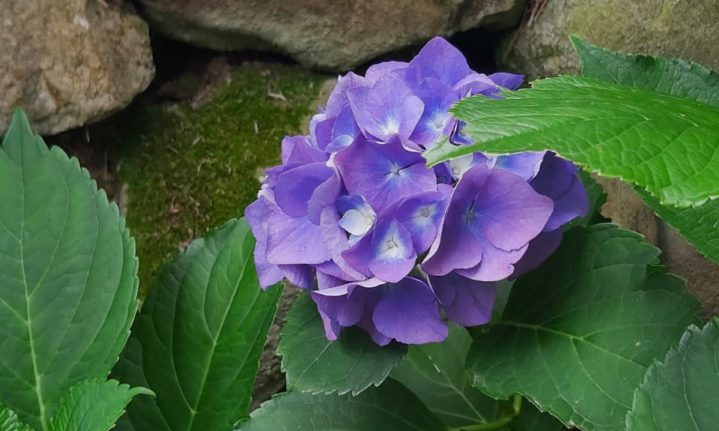Located in the historical Constantia Valley, The Cellars-Hohenort Hotel in Cape Town is surrounded by trees. The garden spreads across nine acres, boasting magnificent views of the Table Mountain range. With a myriad of delights, the garden is also home to many indigenous South African plants.
The hotel recently hosted a Garden Day to celebrate summer, and all ticket proceeds for the garden tour went to St Luke’s Hospice. St Luke’s Hospice provides palliative care for more than 650 patients per day, and also extend their support to immediate family members, irrespective of a patient’s ability to pay for services.
We went to have a look at the wonderful treasures to be found in their lavish garden. These were our favourites.
Arum lily (Zantedeschia aethiopica)

The Zantedeschia aethiopica can grow up to 1 metre tall, even taller in shade. These flowers have dark green leaves, with an arrow-shaped head. They bloom from August to January in large colonies, according to the South African National Biodiversity Institute (SANBI). However, these flowers are known to be very versatile and can adjust to numerous weather conditions.
The genus Zantedeschia is confined to the African continent and recognises seven species. The common Arum lily featured in the picture above is found throughout the Western Cape to the Eastern Cape, KwaZulu-Natal, Mpumalanga, and well into the Northern Cape and Free State.
It will remain evergreen if it grows in marshy conditions which remain moist all year round. This plant has poisonous properties, and can cause respiratory distress if consumed.
Inca lily (Alstroemaria)
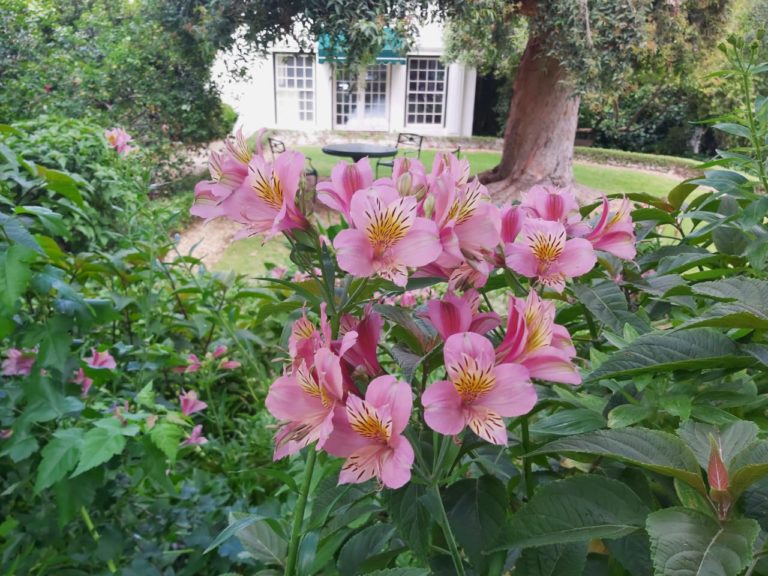
This flower is a member of the Amaryllidaceae family and is therefore closely related to daffodils and agapanthus. Alstroemaria is native to South America and was imported to South Africa. All of them are perennial plants, meaning they can last more than two years.
Much like the Arum lily, they are versatile and can either be grown in containers, or in large clusters in flower beds. They come in a variety of shades, namely bright orange, golden yellow, various pinks, lilac, white, or red. They bloom throughout the summer, and well into autumn.
They can reach a peak height of 40cm in pots and can grow even taller in flower beds. These flowers thrive in hot regions and therefore go dormant in winter.
Mountain Hydrangea (Hydrangea serrata)
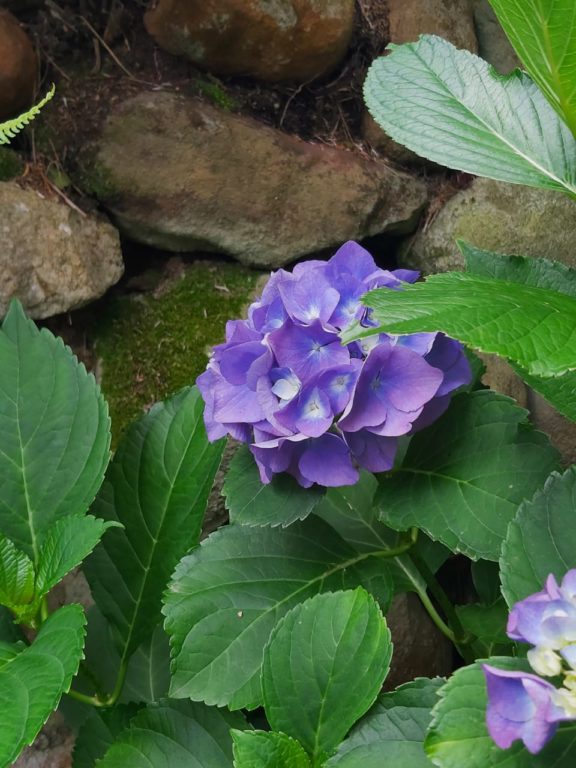
More commonly known as the Mountain Hydrangea, this small, compact flower has clusters of small florets in the centre, which gradually expands outward. Colours vary from blue to pink hues, dependent on the pH levels of the soil it is planted in.
This plant is native to Asia and was imported to South Africa. It can grow in either sun or partial shade, but prefers cooler regions. It will flourish if watered consistently.
The Hydrangea serrata can cause adverse reactions if consumed in large quantities.
Pictures: Taylah Strauss
ALSO READ





